
Top 6 Most Beautiful Conservation Areas of Nepal

Table of Contents
Nepal is the land of the Himalayas, stretching from east to west. It’s not just about towering peaks and thrilling adventures; it is also a Shangri-La for rich flora and fauna. Conservation areas of Nepal serve as protective areas where these unique, rare, and diverse ecosystems and cultures flourish.
These conservation areas not only preserve the delicate balance between nature and wildlife but also support the cultural heritage and livelihoods of local communities. Likewise, they also help in promoting sustainable tourism. These regions have also been an attraction and focal point for many nations in protecting the environment.
From the lowlands of Terai to the high mountainous regions of the Himalayas, the conservation areas of Nepal are a shelter for various endangered species and unique landscapes. In addition, they also accommodate human settlements and provide a pristine setting for spotting wildlife for their visitors.
In fact, it has been a hub for people, culture, and nature, making it an ideal location for adventures like trekking in Nepal, rope climbing, and canoeing, among others.
Whether you’re a nature admirer, a researcher or an adventurer, the conservation area of Nepal offers something for everyone.
What does a conservation area mean?
A conservation area is a specific territory designated by the local government to protect and manage human settlements and sustainable resource use. Unlike National Parks, people living inside the designated region are allowed to utilize the resources in a controlled manner. Further, inside conservation areas, environmental protection and sustainable development go hand in hand.
These regions often allow traditional agriculture, cultural practices, and controlled tourism. It is more focused on preserving nature and ensuring that people thrive equally.
How many conservation areas are there in Nepal?
As of 2024, there are six major conservation areas in Nepal. Management of each of these conservation areas has been handed over to the local communities under guided terms of the National Trust for Nature Conservation (NTNC).
The six conservation areas of Nepal are:
- Annapurna Conservation Area
- Manaslu Conservation Area
- Gaurishankar Conservation Area
- Kanchenjunga Conservation Area
- Api Nampa Conservation Area
- Krishnasaar Conservation Area
Each of these conservation areas protects endangered species, supports local livelihoods, and offers the perfect ecosystem for trekking experiences.
Annapurna Conservation Area (ACA)
Established in 1986, the Annapurna Conservation Area is the first and the largest conservation area in Nepal. Annapurna Conservation Area spreads 7629 sq. km (2946 sq. miles) and ranges from 790 meters (2592 ft) to 2091 meters (26,545 ft); Annapurna I.
Originating from the Sanskrit word, Annapurna means goddess of the harvest; it was named after the Annapurna Mountain range, which symbolized nourishment and abundance.
The ACA covers districts like Manang, Mustang, Kaski, Myagdi, and Lamjung. Over 120,000 people live within this region.
Further explaining, this region is home to several famous trekking destinations like Annapurna Base Camp Trek, Annapurna Circuit Trek, Ghorepani Poon Hill Trek, Upper Mustang Trek and many more. Nar Phu Valley Trek is a restricted area trek within its boundaries.
One of the highest-altitude glacial lakes in Nepal, Tilicho Lake, and the deepest gorge in the world, Kali Gandaki Gorge, also fall within this conservation area.
Not only those, but the ACA is home to 1226 species of flowering plants. It also shelters snow leopard, red panda, blue sheep, 478 species of birds, including the Himalayan Monal (national bird of Nepal), 39 species of reptiles, and 22 species of amphibians.
However, tourists/trekkers will need to obtain an Annapurna Conservation Area Permit (ACAP) to enter the area, which costs NPR 3000 (about $25) per person. Meanwhile, it only costs NPR 1000 (about $8) for SAARC citizens.
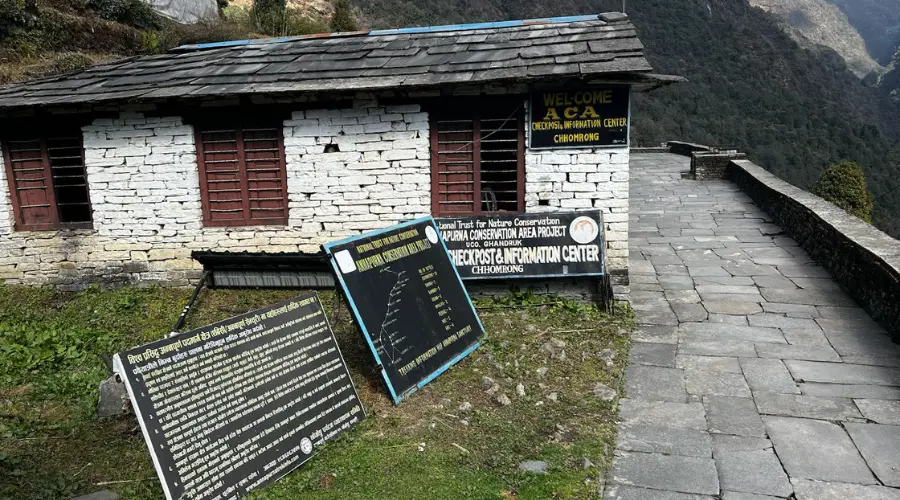
Kanchenjunga Conservation Area
One of the most remote and undisturbed conservation areas of Nepal is the Kanchenjunga Conservation Area. The Kanchenjunga Conservation Area lies in the far-eastern Taplejung district of Nepal. This conservation area was established in 1997.
Kanchenjunga means “Five Treasures of the Great Snow” in Tibetan, referring to the mountain’s five distinct peaks, considered sacred in local beliefs.
Spanning 2035 sq. km (786 sq. miles), the conservation area ranges from 1200 meters (3937 ft) to the summit of the world’s 3rd highest mountain, Mount Kanchenjunga (8586 m/28,169 ft).
Also, due to its remote location, the conservation area has a population of about 5000. However, the area is all about a tranquil environment and raw trekking experiences. Mount Kanchenjunga Circuit Trek offers trekkers an opportunity to explore traditional Limbu and Rai villages and their culture.
Likewise, for the Kanchenjunga Circuit Trek, trekkers will require a restricted area permit, which costs about $20 per week and a Kanchenjunga Conservation Area Permit (KCAP), which costs NPR 2000 (about $15). Likewise, it costs NPR 500 (about $4) for SAARC citizens.
Over 2000 flowering plant species have been recorded in the conservation area, including 24 species of Rhododendron. Additionally, it protects Snow Leopards, Red Pandas, and Himalayan Black Bears, along with 280 bird species.
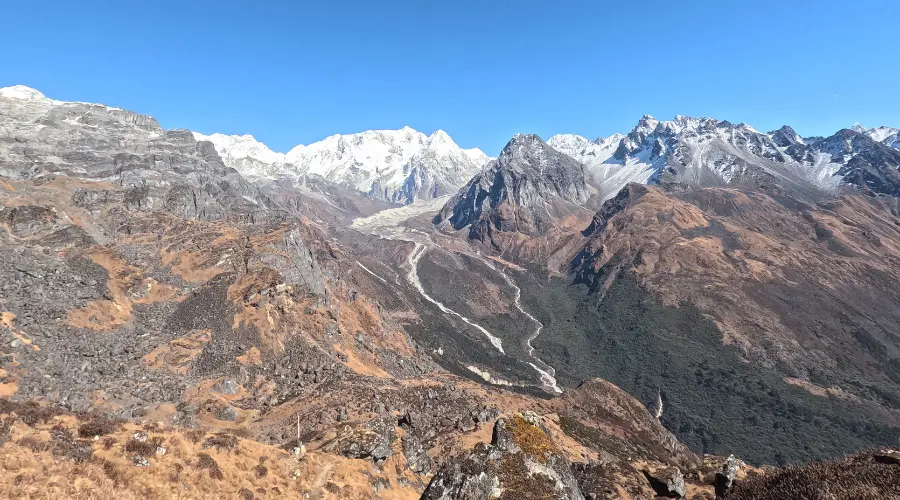
Manaslu Conservation Area (MCA)
One of the most rugged and scenic conservation areas of Nepal is the Manaslu Conservation Area, established in 1998. The span area of the Manaslu Conservation Area is 1663 sq. km (642 sq. miles) within the Gorkha district. It ranges from 600 meters (1968 ft) to the summit of Mount Manaslu (8163 m/26,781 ft). Around 7000 people reside within its territory.
Manaslu comes from the Sanskrit word Manasa, meaning “soul” or “spirit.” It reflects the spiritual presence and serenity of the region.
This region is especially famous for its rich Tibetan-influenced culture, which is reflected in their livelihood, houses, and monasteries. The area is also famous for the untouched, mysterious, restricted valley of Tsum and its remote trails.
The Manaslu Conservation Area is home to around 1500 species of flowering plants, 110 species of birds, and a few species of reptiles and amphibians. If you are lucky enough, occasional Snow Leopards, Himalayan Tahr, and Musk deer can be spotted.
Not to forget, trekkers on the Manaslu Circuit Trek will need to obtain a Manaslu Conservation Area Permit (MCAP), which costs approximately $100 for the first 7 days and $15 for each additional day. If you also want to trek Tsum Valley, you will need to obtain an additional Restricted Area Permit (RAP), which costs NPR 2000 (about $15).

Krishnasaar Conservation Area
Popularly known as the Blackbuck Conservation Area, Krishnasaar Conservation Area is the smallest of all the conservation areas in Nepal. Further, it was established in 2009. Krishnasaar Conservation Area has a span of just 16.95 sq. km (6.5 sq. miles) in the Bardia District and ranges between 150 meters (492 ft) and 200 meters (656 ft). Only about 5000 people live within its territory.
Krishnasaar means “Blackbuck” in Nepali, named after the endangered antelope species that the conservation area has established to protect wildlife.
Besides Bardiya National Park, Krishnasaar Conservation Area is a major attraction in the Bardiya district.
Krishnasaar Conservation Area is primarily focused on the conservation and promotion of the endangered blackbuck species, locally known as Krishnasaar. In addition to this, it also supports the grassland ecosystem and the protection of Antelopes.
Likewise, over 200 species of birds and wild boars are found here. In addition, a few species of reptiles and amphibians, including the Asiatic Rock Python (Python molurus) and Golden Monitor Lizard (Varanus flavescens), can be found here.
The entry fee for tourists is NPR 2000 (about $15) and NPR 500 (about $4) for SAARC nationals.
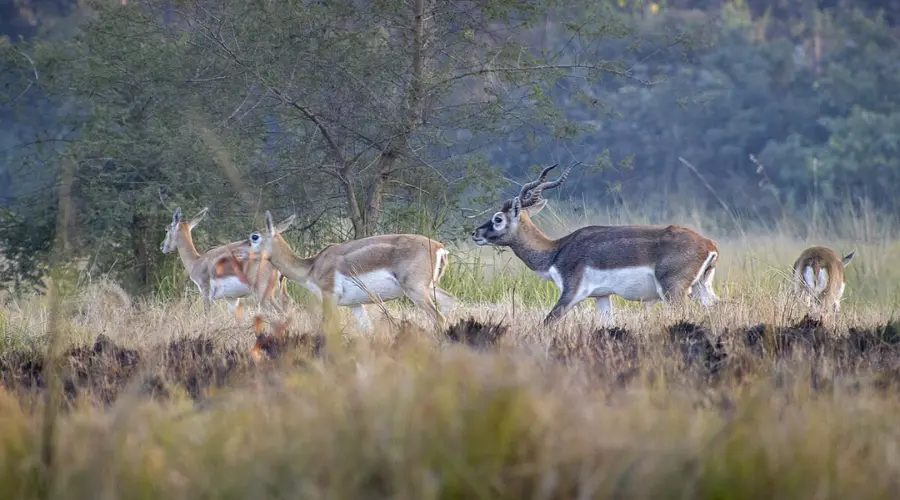
Gaurishankar Conservation Area
Situated between Langtang and Sagarmatha, the Gaurishankar Conservation Area is a unique and beautiful region. This conservation area is comprised of Sagarmatha National Park in the east, Langtang National Park in the west and Tibet Autonomous Region of China in the north. Likewise, the Gaurishankar Conservation Area was just recognized as a conservation area in 2010.
Gaurishankar is named after Mount Gaurishankar, which in turn honours the Hindu deities Gauri (Parvati) and Shankar (Shiva), representing divine unity.
It has an area of 2179 sq. km (841 sq. miles), which covers parts of Ramechhap, Dolakha, and Sindhupalchok districts. The conservation area ranges from 968 meters (3175 ft) of elevation to 7134 meters (23,406 ft) at Gaurishankar Himal.
Approximately 56,000 people live here, and the major ethnic communities living here are Sherpa and Tamang.
This region protects 16 endemic species of flowering plants and endangered species like the red panda and the Himalayan black bear. Likewise, the Gaurishankar Conservation Area is a paradise for bird watchers. Over 235 species of birds have been recorded. Meanwhile, there is limited data on the number of reptiles and amphibians.
A popular trek route, the Everest Base Camp Trek via Jiri, passes through this conservation area. So, the trekkers who choose to trek to Everest Base Camp through this route will need to obtain a Gaurishankar Conservation Area Permit (GCAP). It costs about NPR 3000 ($23) for foreigners and NPR 1000 (about $8) for SAARC citizens. The Rolwaling Valley Trek, a famous Camping trek in Nepal, also lie in this region.
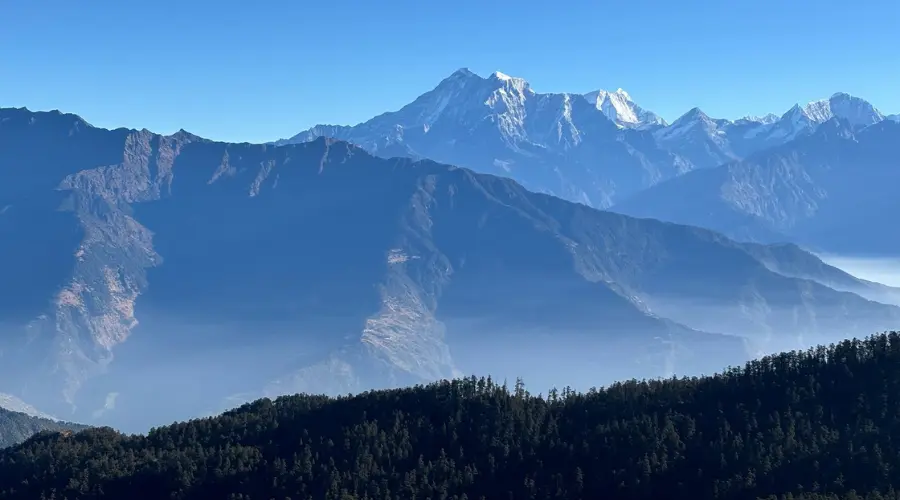
Api Nampa Conservation Area
The Api Nampa Conservation Area was established in 2010 and is the newest conservation area in Nepal. Located in the Darchula district, the far-western region of Nepal covers an area of 1903 sq. km (735 sq. miles), ranging from 518 meters (1699 ft) to 7132 meters (23,399 ft) at the summit of Mount Api.
This area is named after two significant peaks: Api and Nampa. These names are derived from local dialects and represent remote and sacred Himalayan mountains.
Home to about 54,000 people, it is a perfect blend of remote experiences, cultural diversity, and rich biodiversity. Moreover, the major attractions of Api Nampa Conservation Area are the Api and Nampa peaks. Similarly, the exploration of rare flora and fauna, like Himalayan black bears, barking deer, and leopards, is equally thrilling.
Around 580 flowering plant species, 253 bird species, 40 reptile species, and 23 amphibian species have been recorded in the conservation area. Wildlife species in Nepal, such as the snow leopard, clouded leopard, red panda, ghoral, and Asiatic rock python, can be spotted here. Bird species like the cheer pheasant and monal can also be seen.
Likewise, plant species like Pinus and Rhododendron, as well as medicinal plants like Yarsagumba, can be found in the Api Nampa Conservation Area.
Similarly, tourists will need to purchase an entry ticket for Api Nampa Conservation Area, which costs NPR 2000 (approximately $15) for foreigners and NPR 500 (approximately $4) for SAARC nationals.
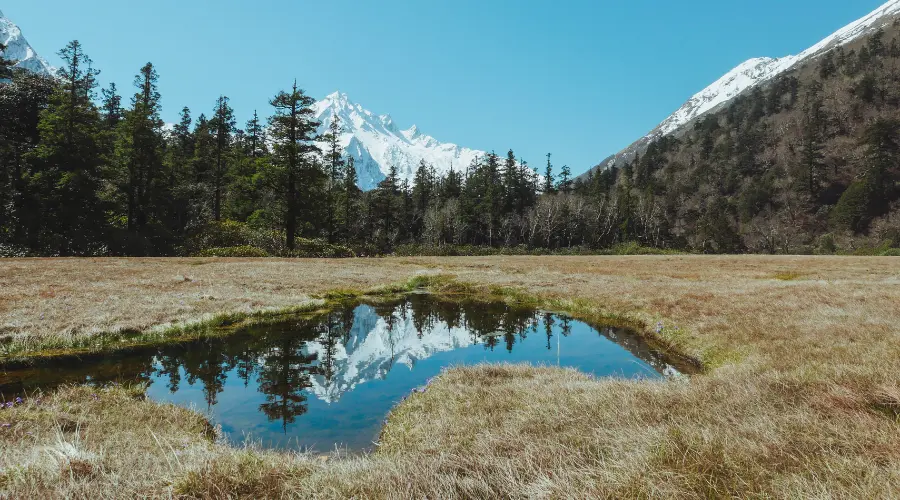
Note: The cost of entry for each conservation area is NPR 100 for Nepali citizens.
National Parks vs Conservation Areas of Nepal
Both the national parks and conservation areas in Nepal are dedicated to protecting and promoting unique and rare species of flora and fauna. On the contrary, they have their own specialties and differences.
Let’s differentiate each one of them.
| Features | Conservation Area | National Park |
| Primary Objective | Biodiversity + Local Development | Strict Biodiversity Protection |
| Number | 6 | 12 |
| Human Settlement | Allowed | Not allowed |
| Tourism & Development | Encouraged, with a local benefit focus | Restricted, conservation is a priority |
| Management | Local communities + NTNC | Government/Department of National Parks |
| Example | Annapurna Conservation Area, Manaslu Conservation Area | Chitwan National Park, Sagarmatha National Park |
| Cultural Activities | Allowed and integrated | Restricted |
| Hunting & Grazing | Controlled and permitted in zones | Prohibited |
| Access Flexibility | More accessible, permits affordable | Restricted zones, multiple permits required |
| Buffer Zones | Often includes buffer zones for sustainable use | Limited or strictly controlled buffer zones |
| Revenue Use | Reinvested in community and conservation programs | Primarily government-managed |
| Educational Programs | Community-based awareness and training | Institutional and policy-driven |
| Local Economy Impact | Strong positive impact through tourism and jobs | Indirect benefit, limited community integration |
Impact of Conservation Area on Local Communities
Conservation areas of Nepal are not just about conserving plants and animals; the locals can also benefit from it. The locals have been an integral part of preserving and promoting the ecosystem of the conservation area.
Here are some of the impacts of conservation areas on local communities.
- Promote eco-tourism, a source of income
- Locals are more engaged in conservation and sustainable development
- Helps to preserve indigenous cultures and traditions
- Since more tourists visit these areas, it supports and encourages locals in infrastructure development
- Offers employment and educational opportunities
- Improve health care and sanitation through development projects
Conservation Area for Sustainable Tourism in Nepal
The word Conservation Area in Nepali language translates to संरक्षण क्षेत्र, meaning protection area. These conservation areas play a crucial role in sustainable tourism. Some of the most popular treks in Nepal, like Everest Base Camp Trek, Annapurna Base Camp Trek, and Manaslu Circuit Trek, are located inside these conservation areas.
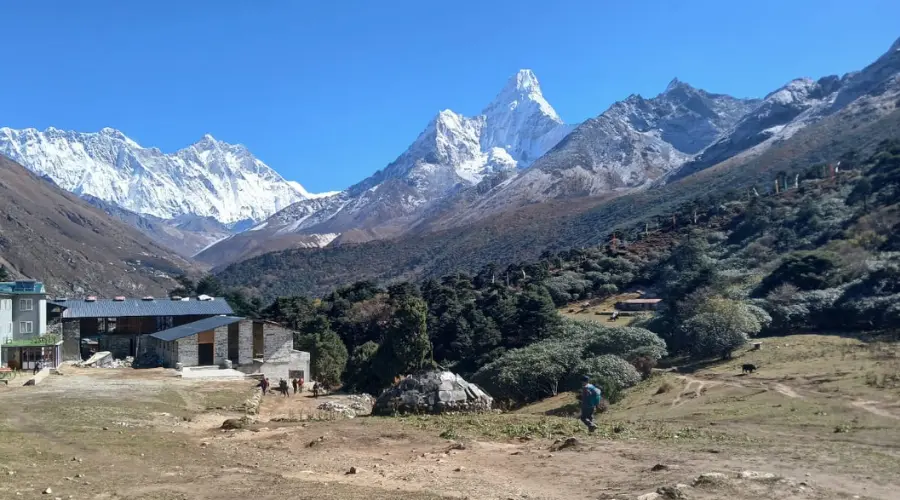
Further, it provides raw, authentic experiences to the trekkers. They get to trek through some of the oldest Tibetan villages, lush forests, river crossings, wildlife spotting, and undisturbed mountain views. For all these adventures, every year, thousands of trekkers visit Nepal. Trekking and cultural experience go hand in hand.
The involvement of local communities in tourism management ensures that both nature and people can benefit. The local government and people closely observe every action taken in these zones. This inspires tourists to leave no footprints and only take back good memories.
With proper planning and continuous community involvement, the Conservation area of Nepal is sure to thrive and promote sustainable development.
Want to know more?
Speak to an Expert





Sandip Dhungana
Nepal 🇳🇵
Whatsapp: +977-9823636377



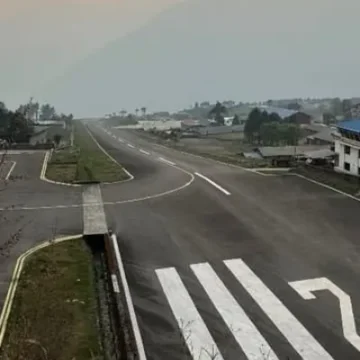
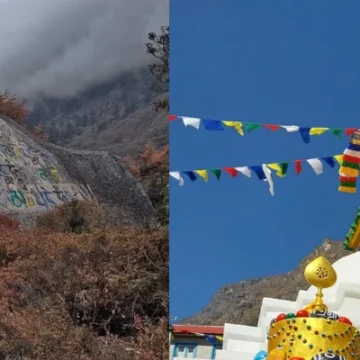



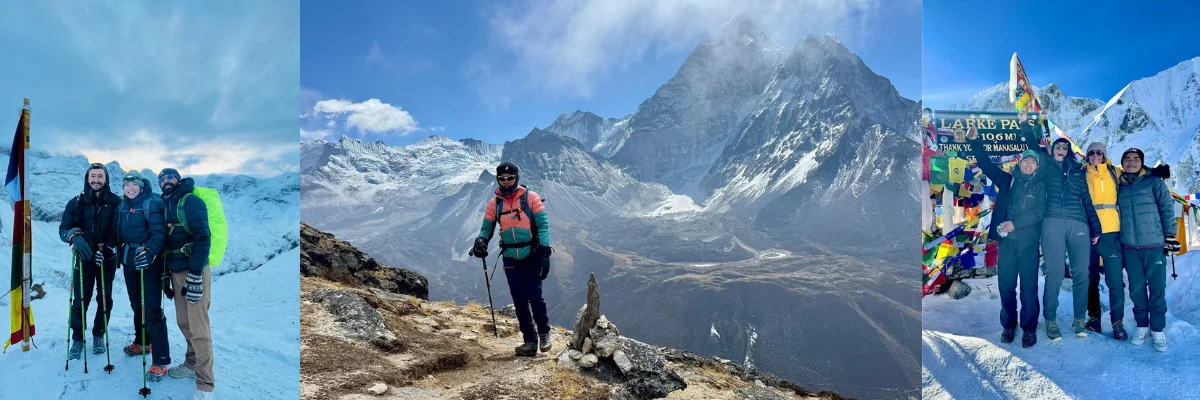


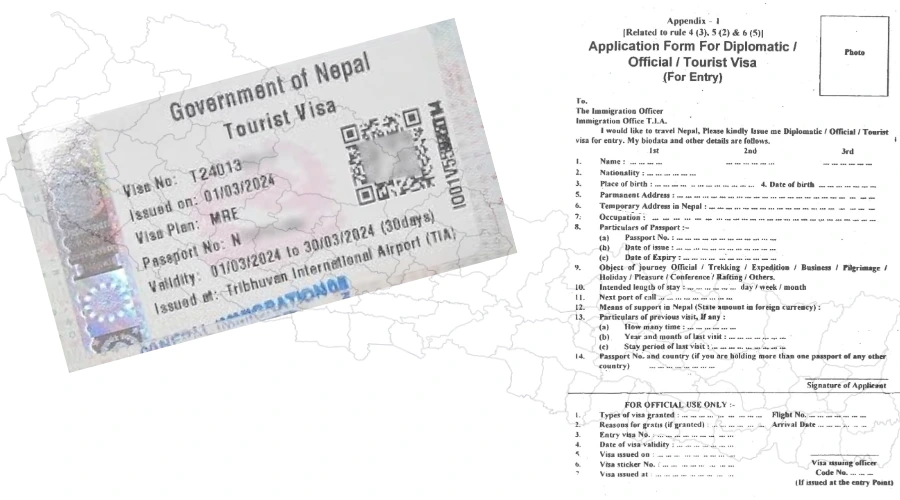
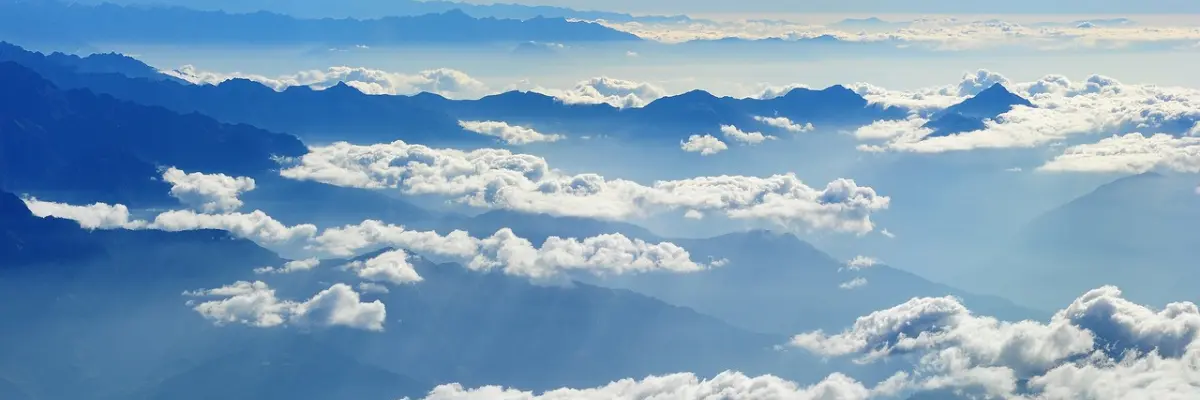










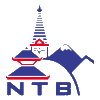


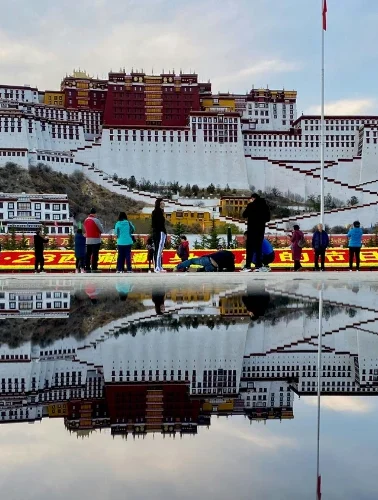
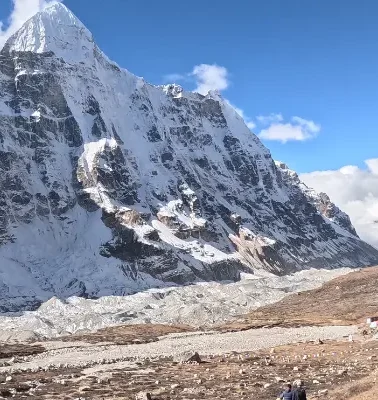

Leave Your Comment